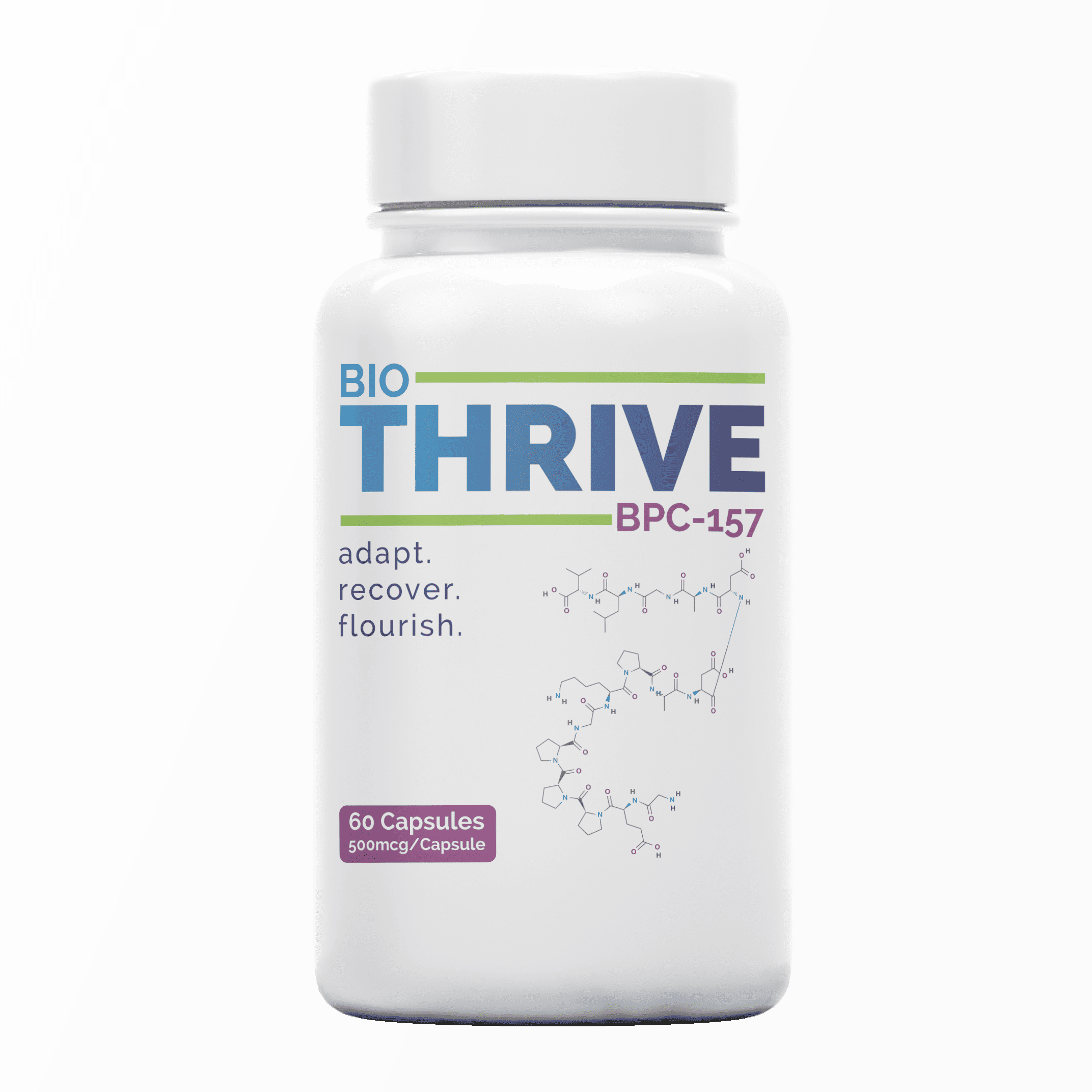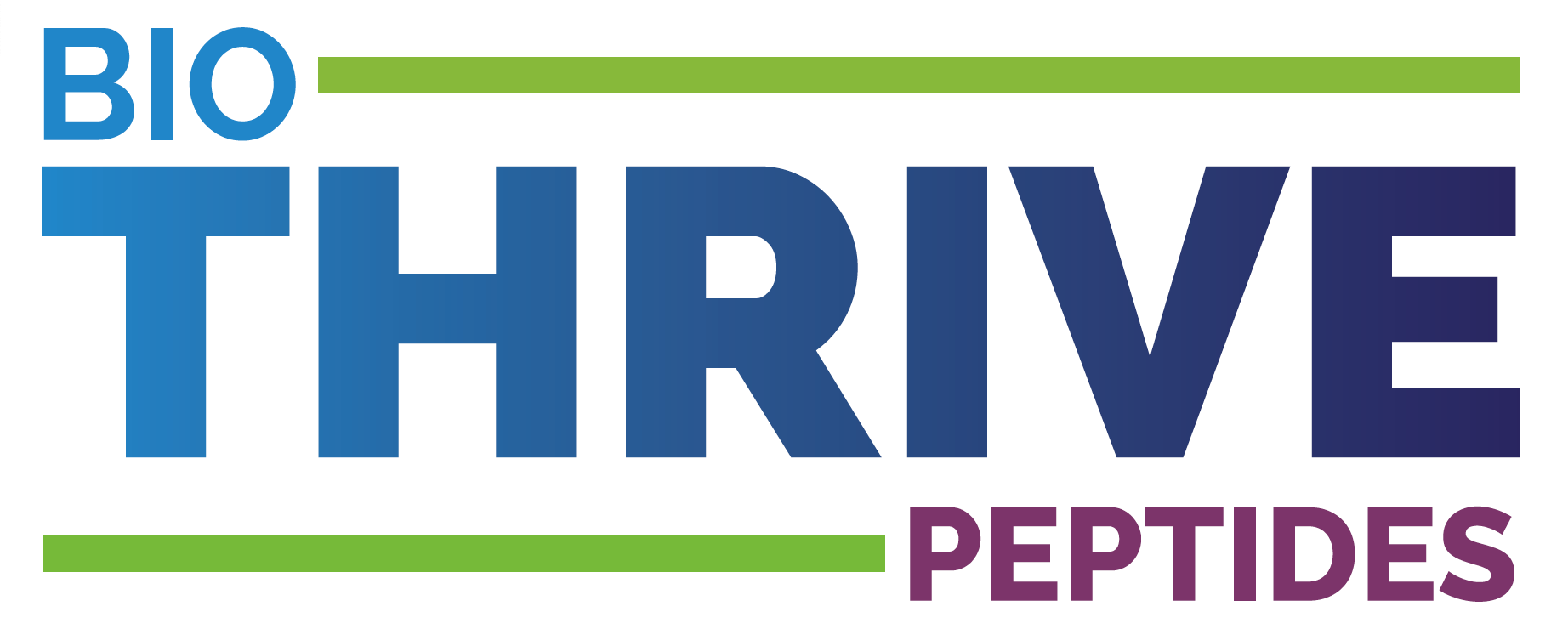
BPC-157, short for Body Protection Compound-157, is a derivative of body protection compound (BPC). BPC is a protein found naturally in the human digestive tract. It plays a significant role in protecting the lining of the gastrointestinal tract from damage, promoting healing, and encouraging blood vessel growth. Synthetic BPC-157, a pentadecapeptide comprising 15 amino acids isolated from the much larger BPC protein, has been found to retain many of the healing properties of its parent molecule. In particular, BPC-157 has been shown in animal studies to have effects on:
Potent Anti
Inflammatory
Repairs Soft
Tissue
Repairs Brain
Tissue
Repairs Bone
Tissue
Supports Gut
Health
Promotes Healing of Liver

BPC-157 and Wound Healing
The natural function of BPC in the GI tract is to maintain the integrity of the mucosal barrier that protects underlying tissues from the harmful actions of gastric acid, bile, and other compounds necessary for digestion and absorption of nutrients from food. At least part of this function is mediated through the recruitment of fibroblasts. BPC-157 has a dose-dependent effect on the spread of fibroblasts in culture and in vivo, causing the cells to both proliferate and migrate faster.
Fibroblasts are integral to wound healing as they are the cells responsible for laying down extracellular matrix proteins like collagen, fibrin, elastin, and more.
BPC-157 and Tendon Healing
Given its roles in fibroblast recruitment and blood vessel growth, it should come as no surprise that BPC-157 has shown positive findings in animal models of tendon, ligament, bone, and other connective tissue injuries. Tendon and ligament injuries are slow to heal, in large part, due to poor blood supply in these tissues. Poor blood supply allows the rate at which fibroblasts and other wound-healing cells can reach the area of injury and, ultimately, restricts the overall level of repair that can take place.
Both in vitro and in vivo research involving rat tendons has shown that BPC-157 promotes collateralization and boosts fibroblast density in the setting of tendon, ligament, and bone injury. This research indicates that BPC-157 is more effective than bFGF, EFG, and VGF hormones in promoting healing in these tissues.
BPC-157 and Drug Side Effects
Often, the limiting factor in medical pharmaceutical use is side effects. NSAIDs, like ibuprofen, for instance, cannot be used for long periods of time because they increase gastric bleeding as well as the risk for heart attack. The ability to counteract side effects while leaving desired effects intact is a holy grail of modern medical research as it would improve therapeutic benefits for a number of drugs. BPC-157 has been found to potentially counteract side effects of NSAIDs, medications used in psychiatric conditions, and a number of heart medications. It should come as no surprise that BPC-157 possibly helps to prevent many of the GI side effects that certain drugs are known for, but it is less intuitive that the peptide also potentially protects against side effects in the brain, heart, and other tissues. Research in rats, for instance, shows that BPC-157 can protect against QTC prolongation in the heart, a condition that can lead to serious and even fatal arrhythmias. QTc prolongation is caused by drugs used to treat diabetes, schizophrenia, and other psychiatric conditions. Similarly, BPC-157 has been shown to possibly prevent other side effects of psychiatric medications, including severe side effects like catalepsy and somatosensory disturbance. This latter benefit may make it possible to more adequately treat psychiatric conditions, which are notoriously difficult to treat, in part because patients often discontinue their medications secondary to severe side effects.
Vascular Growth and Collateralization
BPC-157 has a possibly potent angiogenic factor, increasing the rate at which endothelial cells (the cells that line blood vessels) proliferate and grow. Research in rats shows that the peptide substantially increases the rate of collateral blood vessel growth in the setting of ischemia. While this effect has been primarily observed in the GI tract, there is plausible evidence for similar benefit in cardiovascular, neurological, and muscle tissues, suggesting that BPC-157 may be used as both a therapy in the setting of stroke and heart attack as well as a probative peptide for understanding how to promote healing following ischemic injury.
Studies in chicken embryos suggest that at least part of the mechanism by which BPC-157 promotes vascular growth is through the stimulation of VEGFR2, a cell surface receptor active in the nitric oxide signaling pathway. VEGFR2 is thought to play an important role in endothelial cell growth, proliferation, and longevity.
Antioxidant Properties
Research in rats has shown that BPC-157 can influence the activity of certain antioxidant enzymes, such as superoxide dismutase (SOD) and glutathione peroxidase, which help neutralize harmful free radicals in the body, reducing oxidative stress and protecting cells from damage. This is further supported by research showing that it can reduce the production of reactive oxygen species in the gastrointestinal tract.
Research investigating whether modified Lactococcus lactis bacteria can deliver BPC-157 to the GI system shows that the bacteria increases levels of the peptide dramatically in cell culture.
Body Protection Compound: Arginate and Acetate Salts
BPC-157 is a derivative of the natural protein called BPC (body protection compound). BPC was originally isolated from human gastric contents but was found to be unstable, difficult to administer, and difficult to produce. The smaller BPC-157 is easier to produce than standard BPC, but it is not particularly stable and is not as orally bioavailable. To solve this problem, scientists attached an acetate group to BPC-157. This solved the problem of stability during storage but rendered BPC-157 vulnerable to human gastric contents. Thus, the acetate salt of BPC-157 does not have a high oral bioavailability and must be administered parenterally, for example, Sub-Q.
This can be problematic in developing protocols for rodent studies and would ultimately make BPC-157 less desirable as a prescription drug should it make it through phase 3 trials. To overcome this problem, researchers developed an arginate salt of BPC-157. The BPC-157 arginate salt is very stable in human gastric juice and boosts the oral bioavailability of less than 3% to greater than 90%. BPC-157 arginate salt is also more stable in low temperature environments and can resist the effects of UV light.
